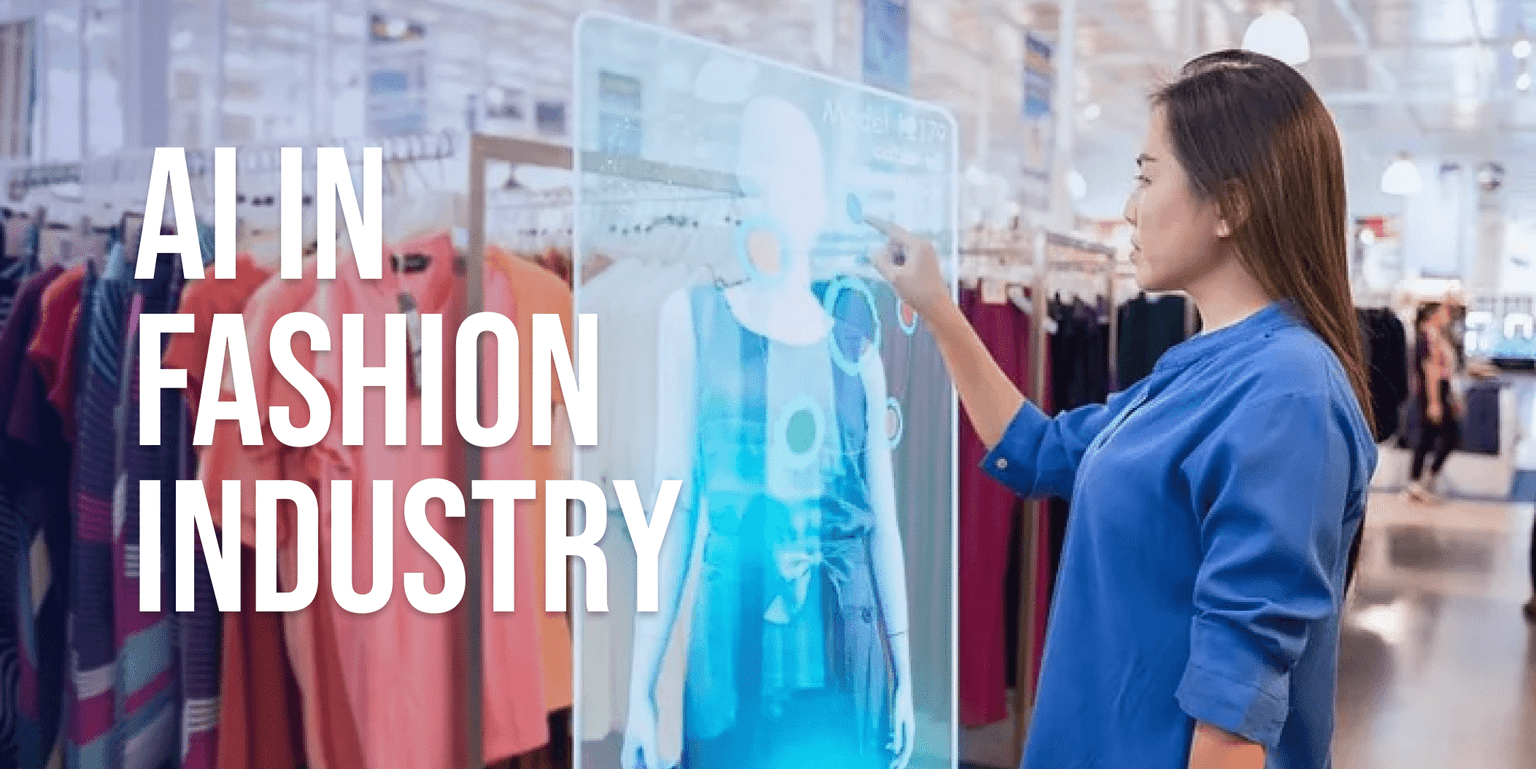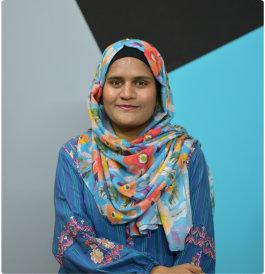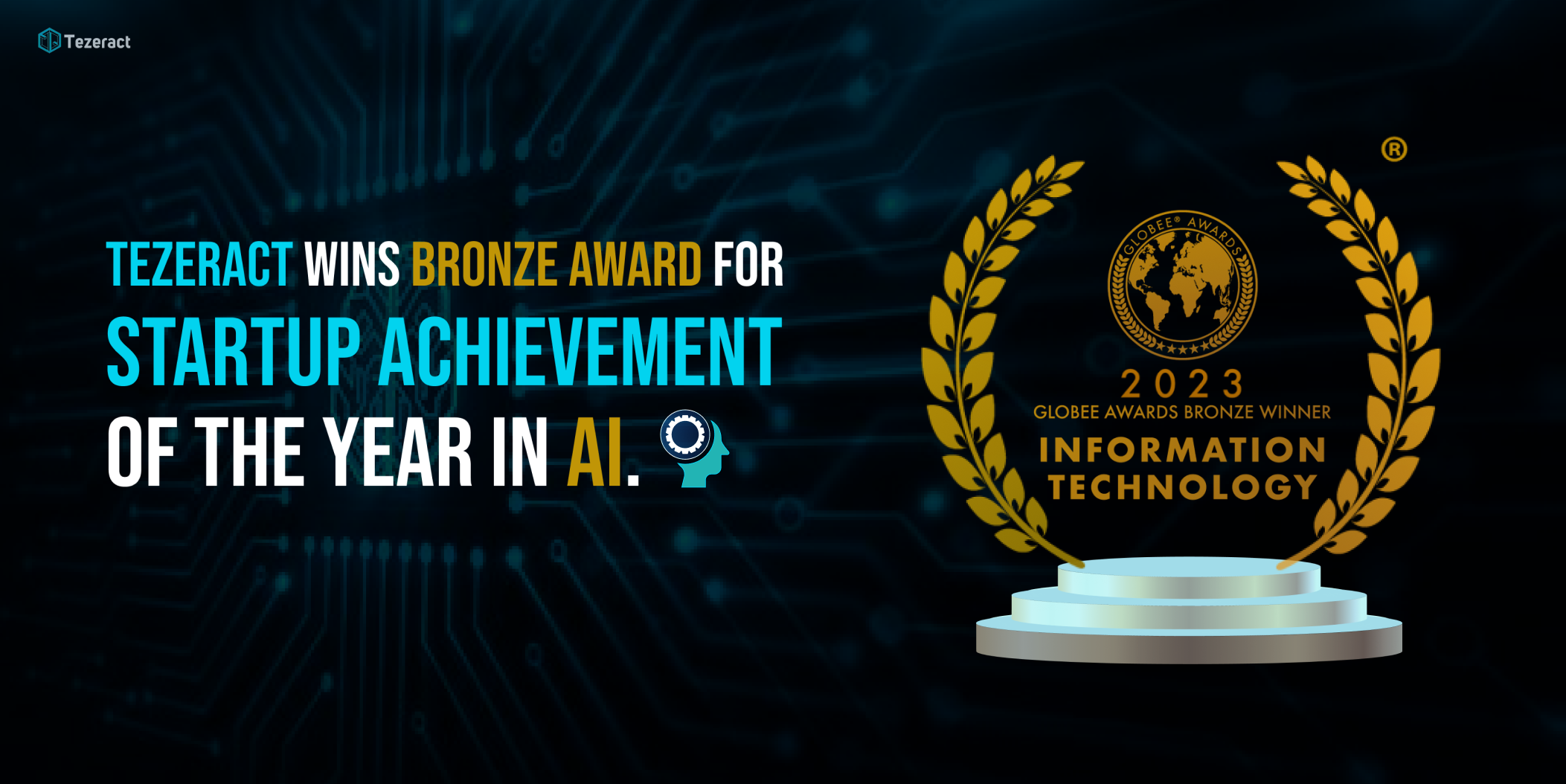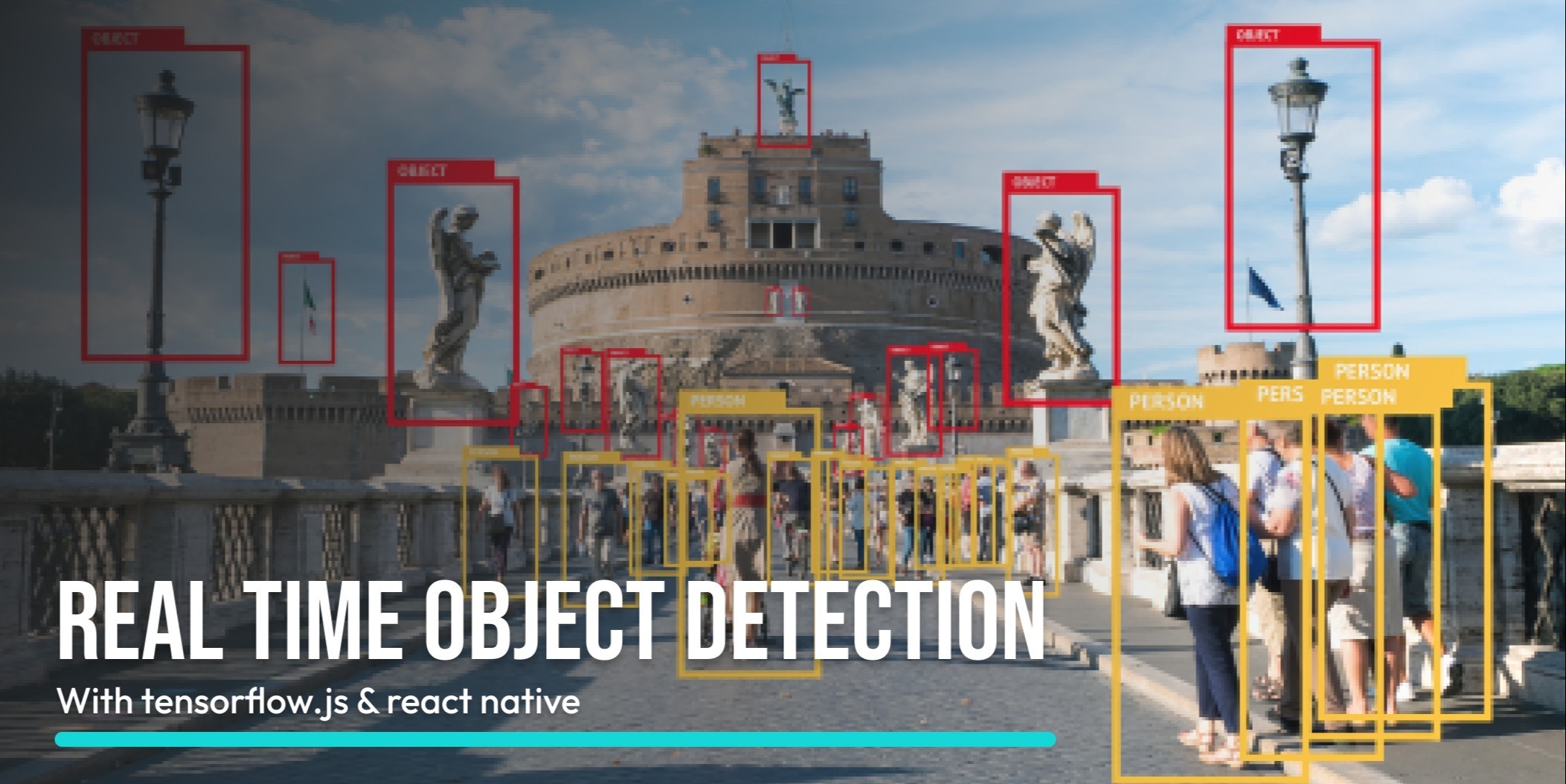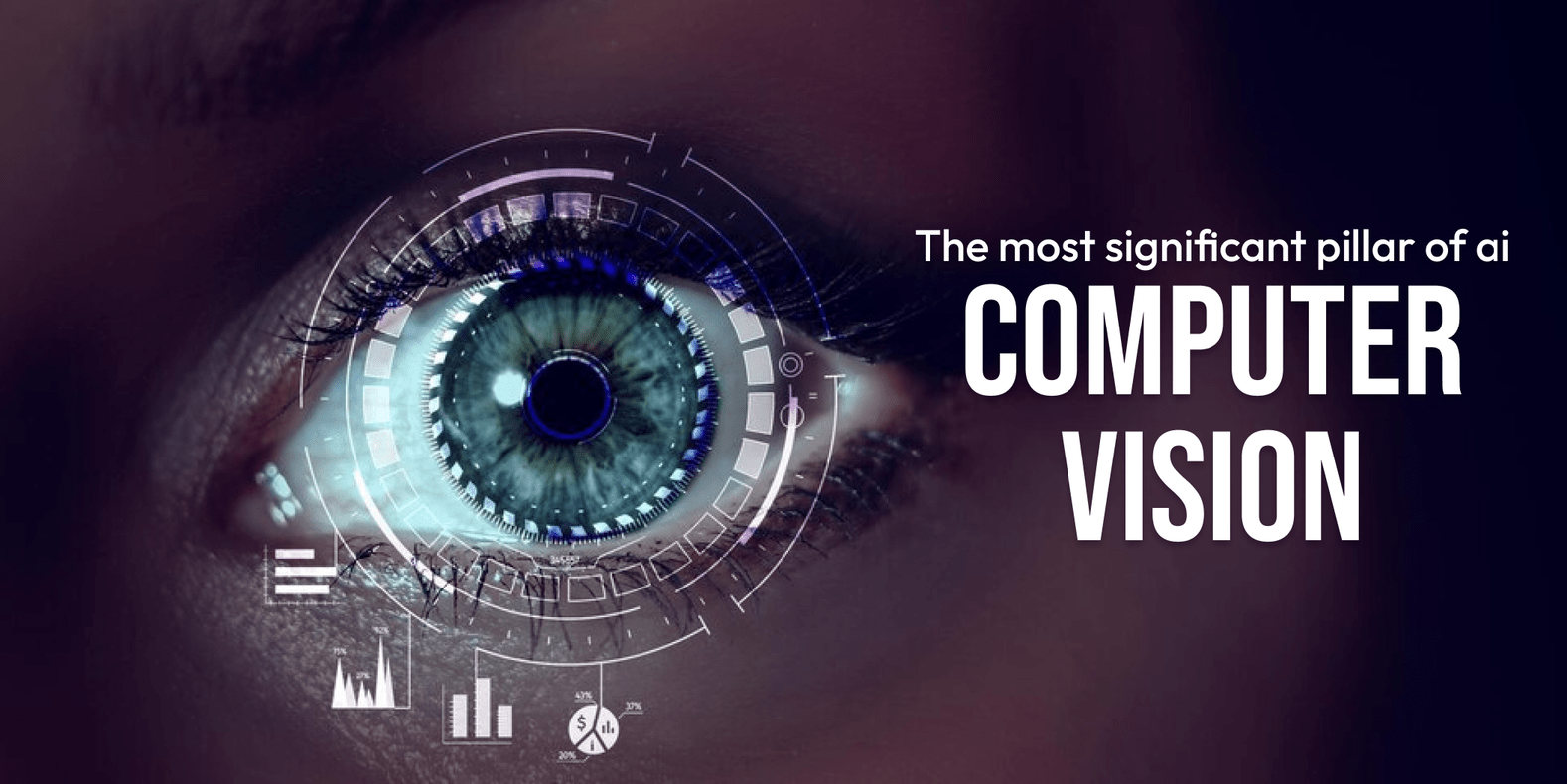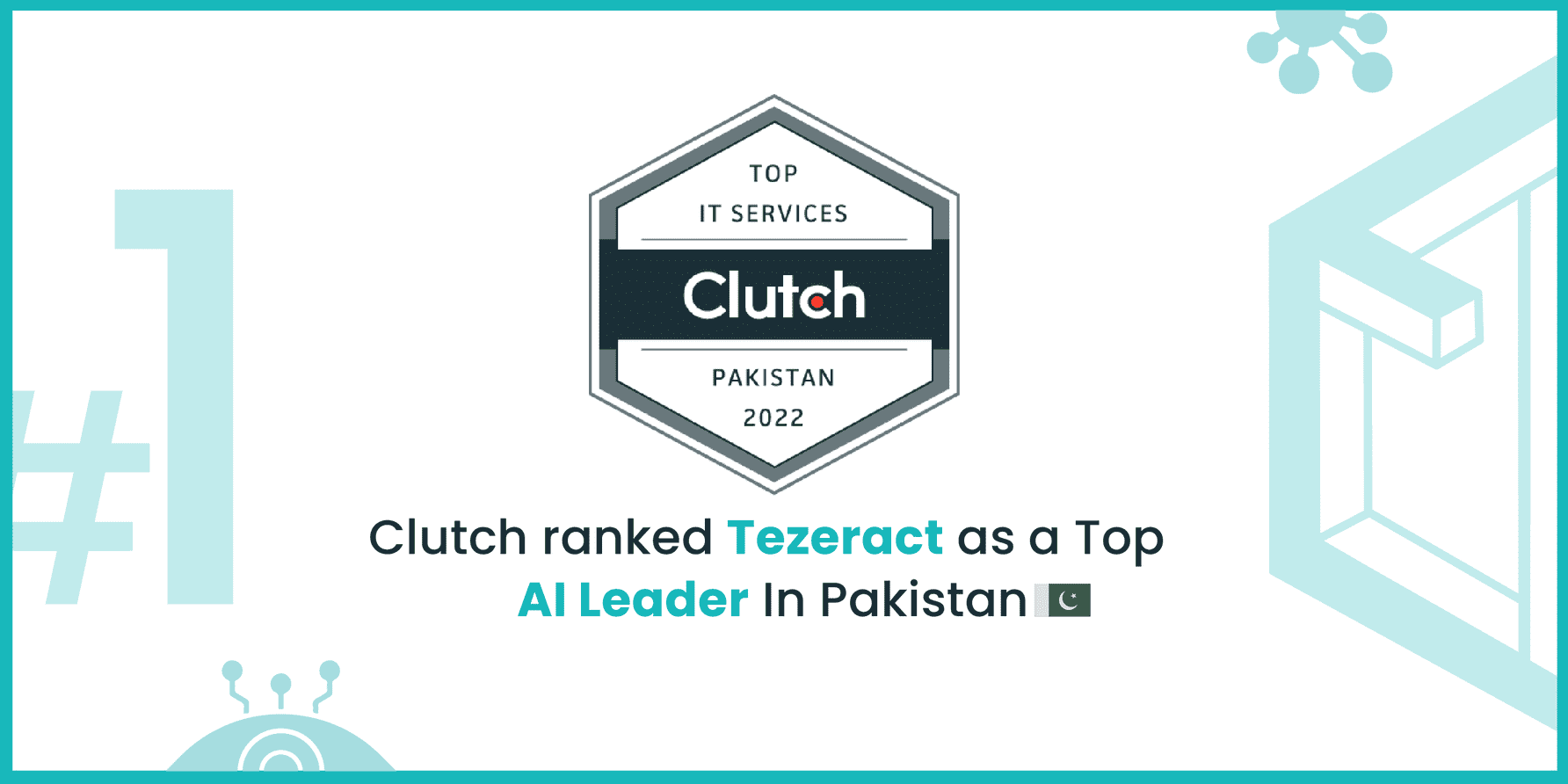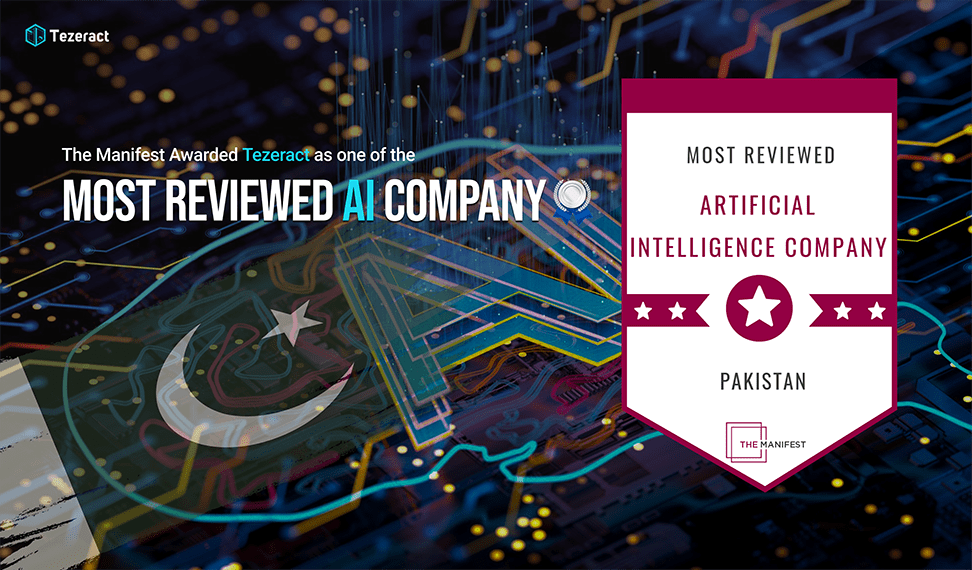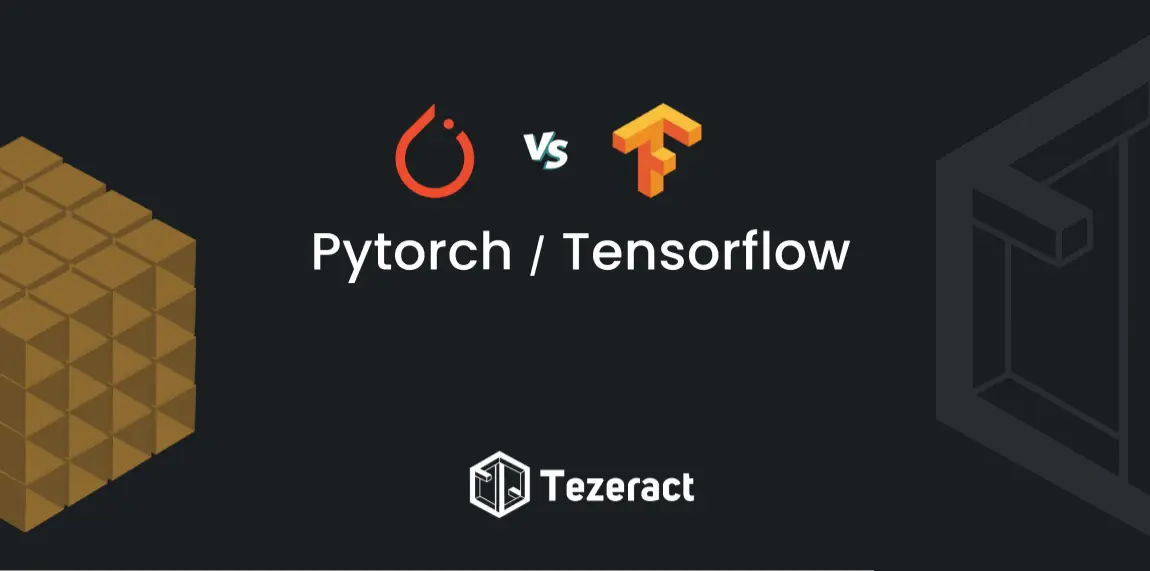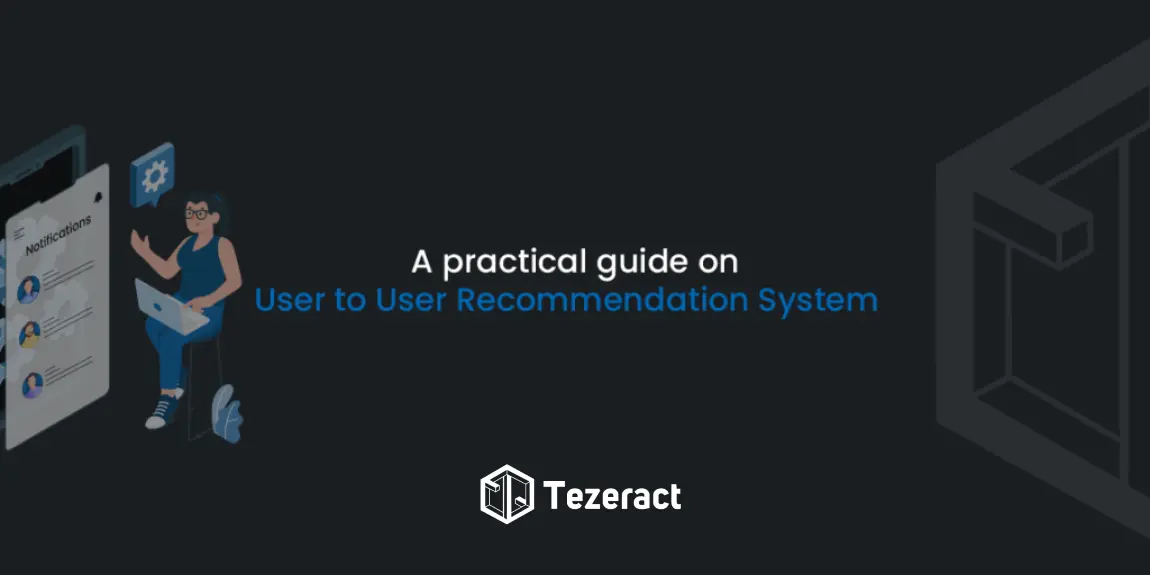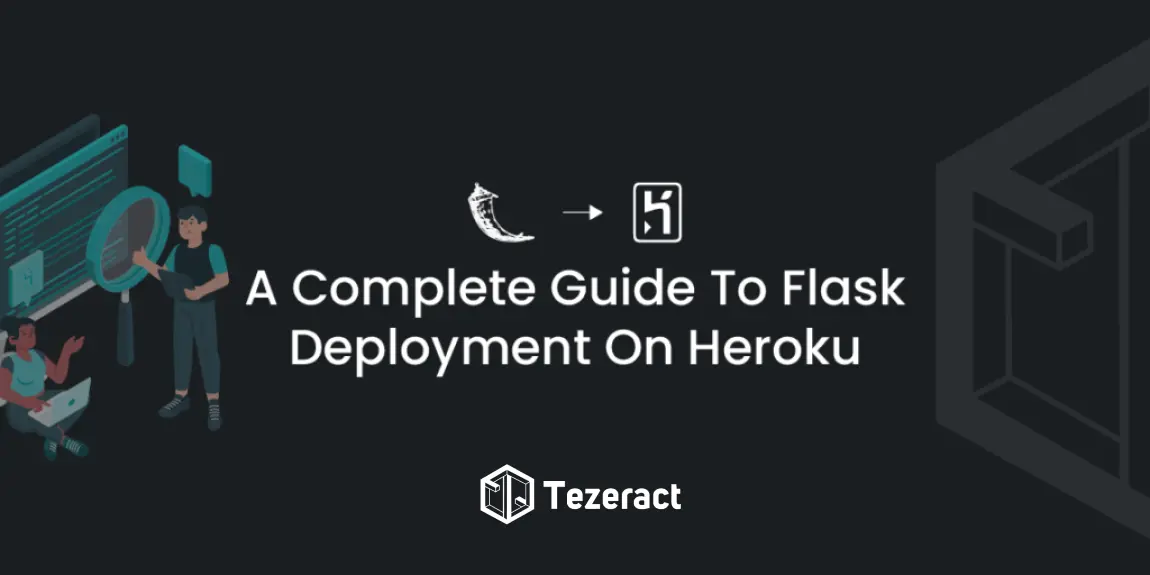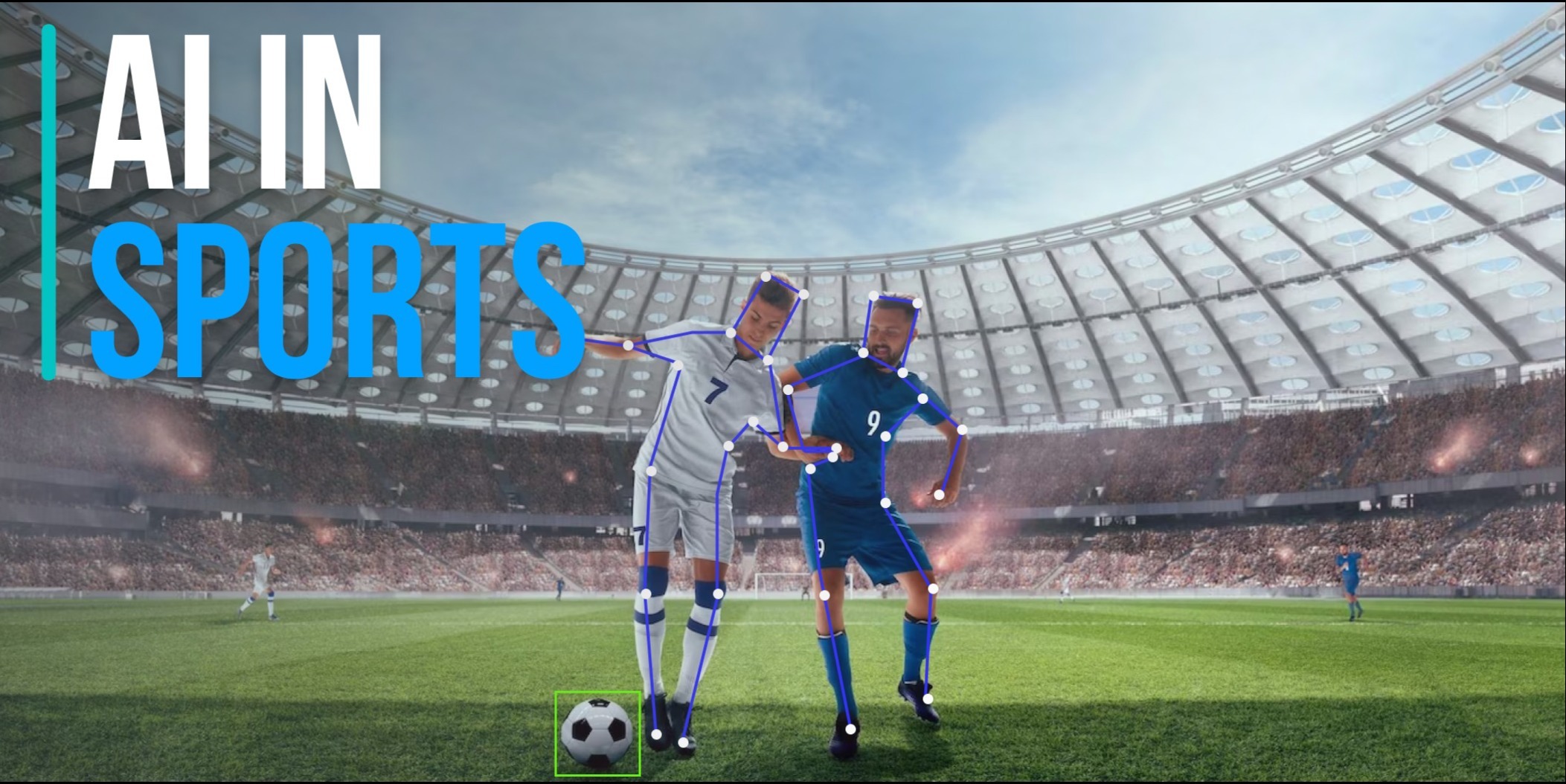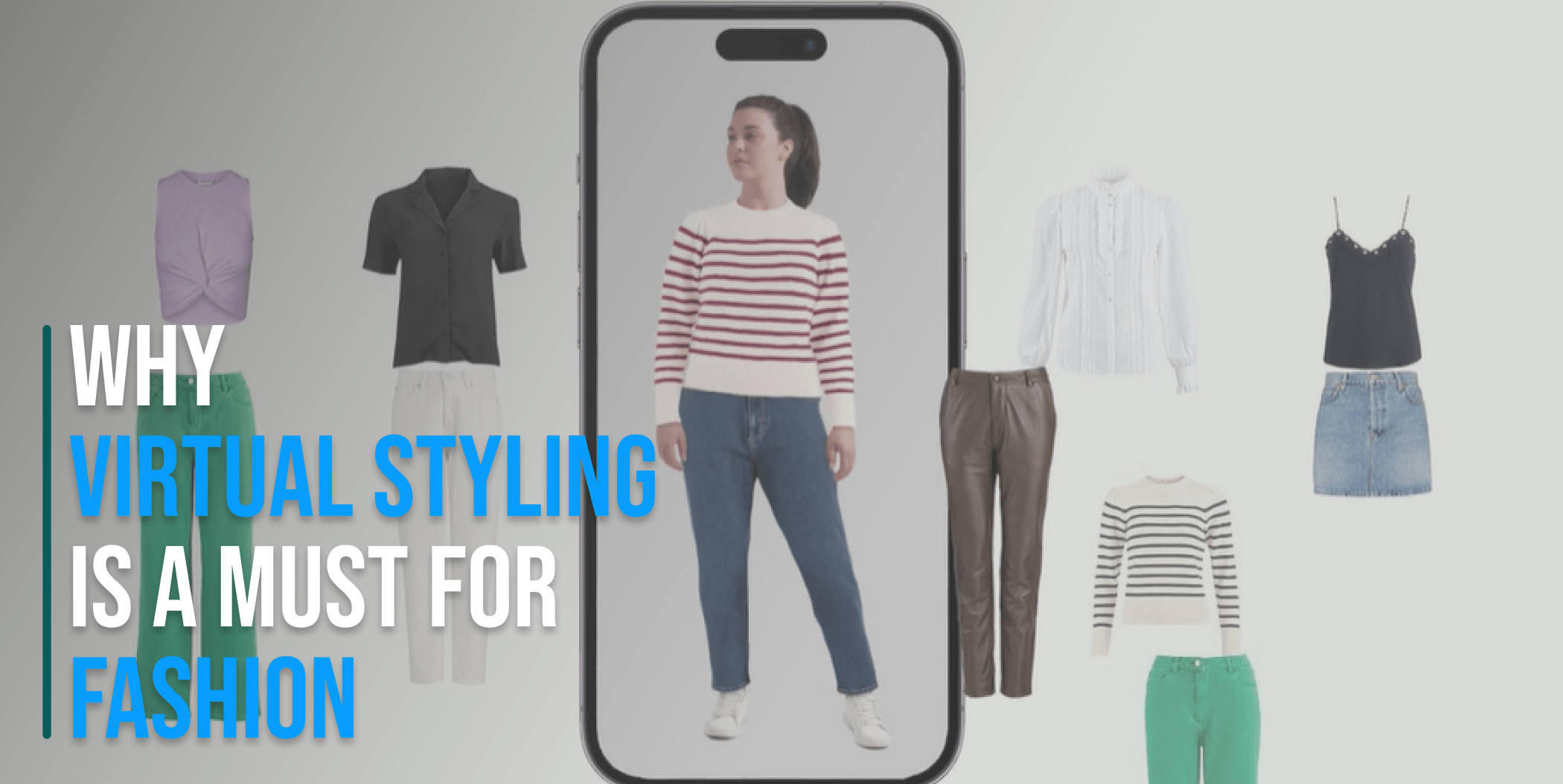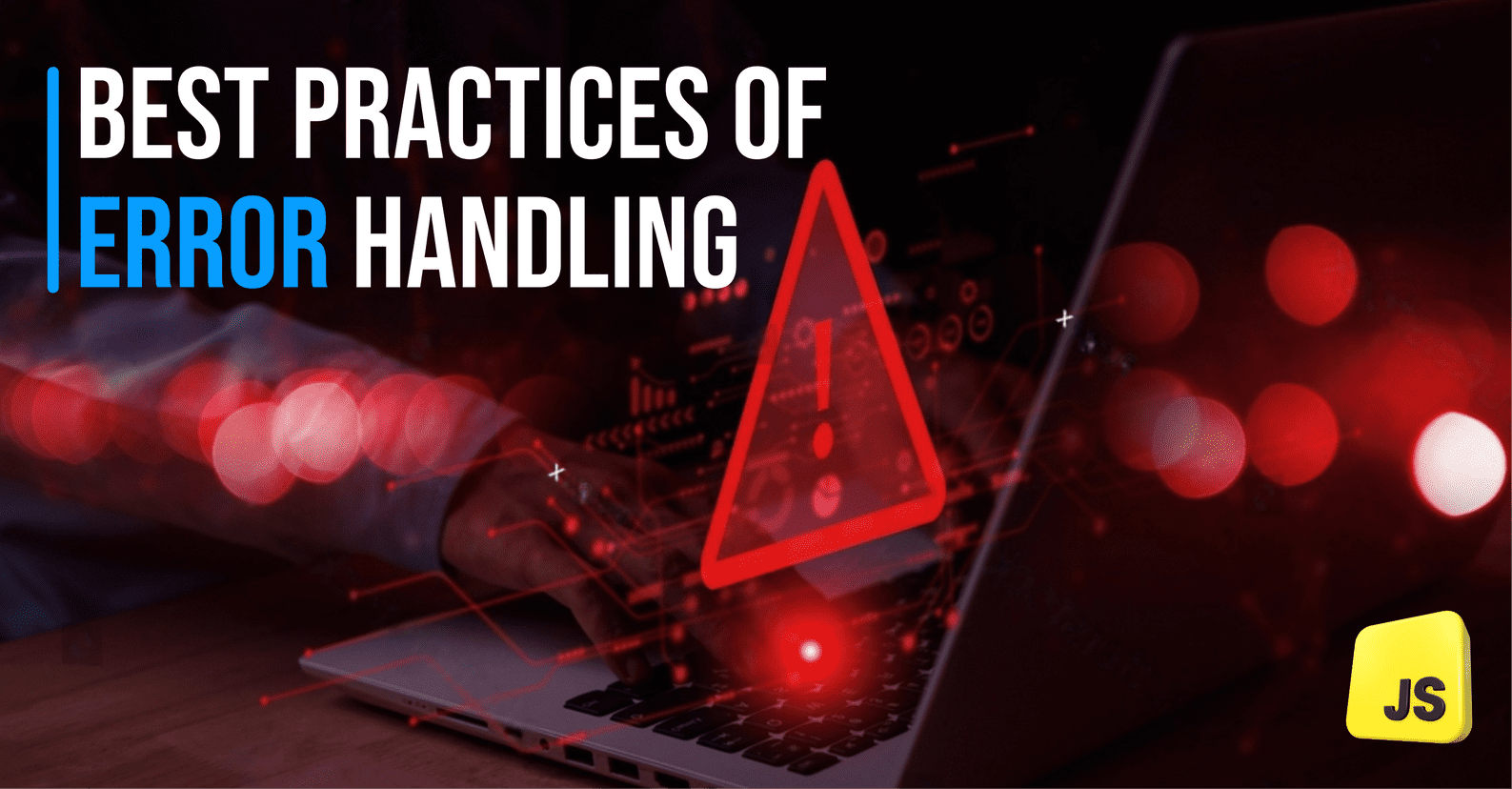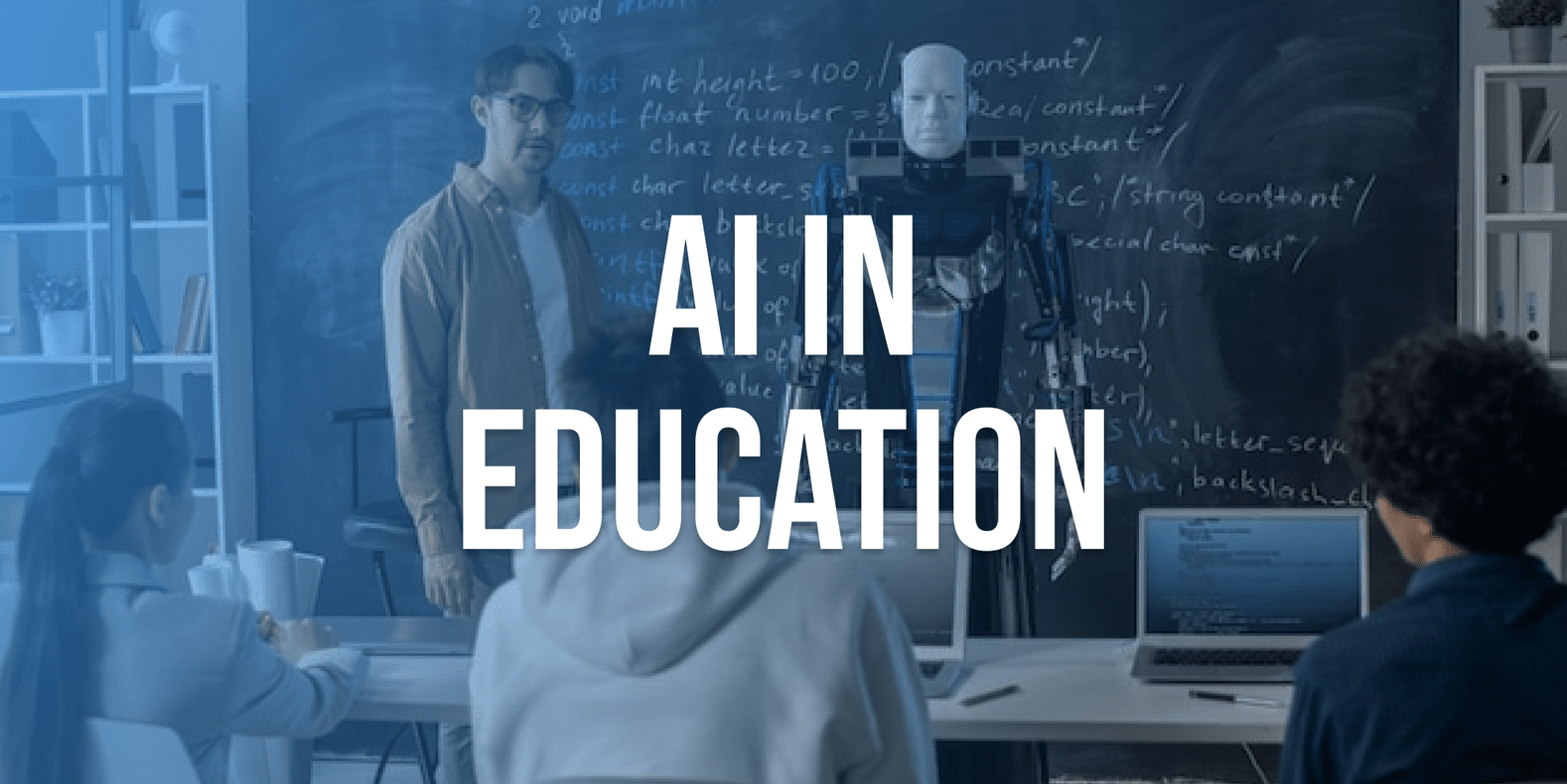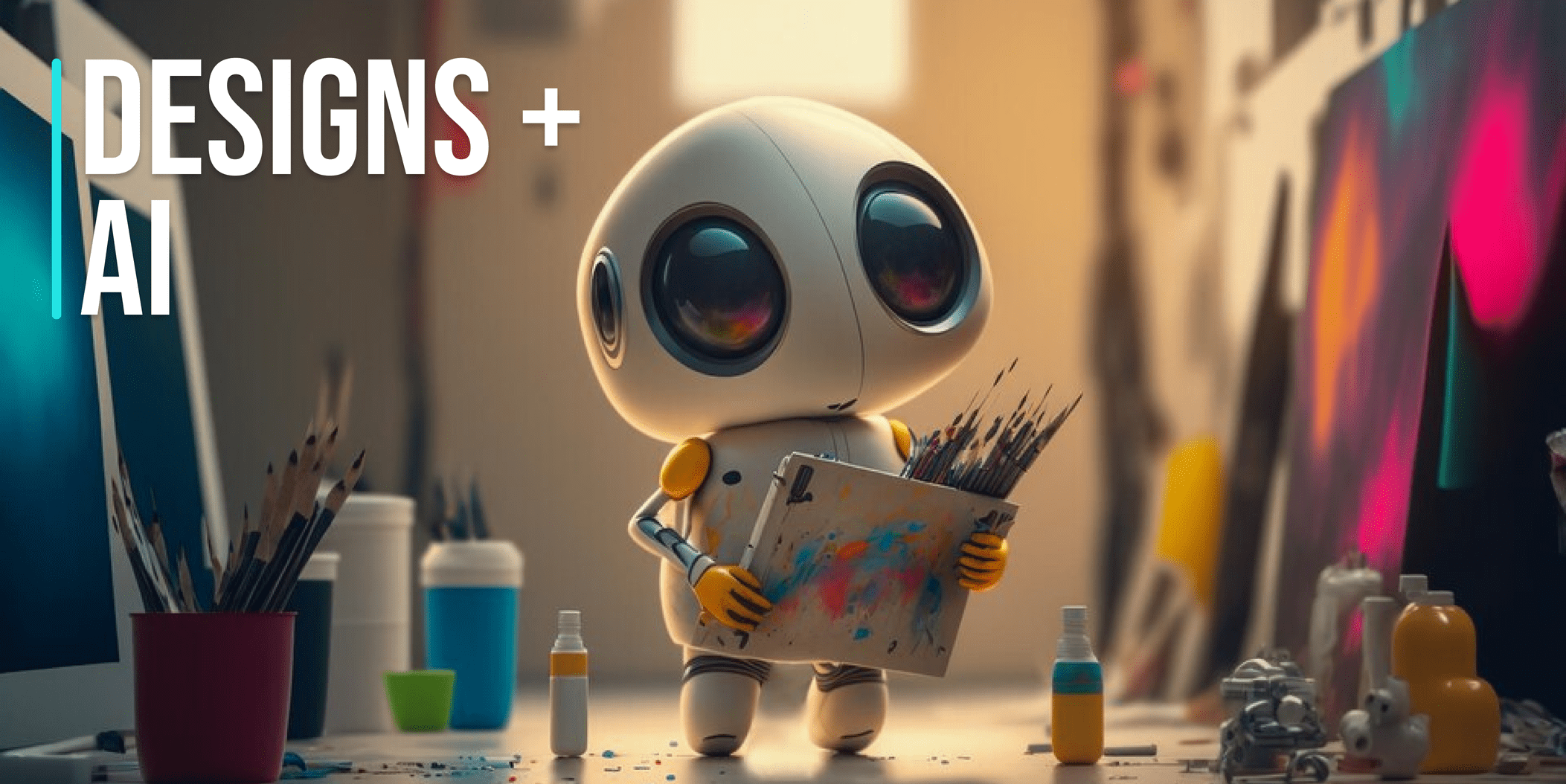Introduction
In the fast-paced world of fashion, a new protagonist is stealing the spotlight: Artificial Intelligence (AI). Gone are the days when AI was confined to science fiction; today, it’s weaving its way into the very fabric of the fashion and apparel industry. This article is your VIP pass to explore the power of AI in fashion and how AI is not only reshaping design and retail but also transforming how we perceive and consume fashion.
From predicting trends before they hit the runway to creating personalized shopping experiences that rival personal stylists, AI is the style guru of the future. In this piece, we’ll embark on a journey through the realms of AI in fashion, showcasing real-world examples of its impact, addressing concerns, and even revealing how you can harness its power in your own work. So, buckle up as we uncover the AI-powered runway to tomorrow’s fashion landscape – it’s a journey you won’t want to miss.
AI’s Fashionable Feats: From Trends to Support
In the realm of fashion, where creativity meets innovation, Artificial Intelligence (AI) takes the spotlight. Brace yourself as we uncover the diverse roles AI plays in shaping the fashion and apparel industry.
Designing with Digital Dexterity
AI isn’t just about calculations; it’s a design partner too. Collaborations between designers and AI lead to groundbreaking designs that blend human ingenuity with machine precision.
Personalization Elevated
AI-driven personalization goes beyond sizes, curating outfits to match individual styles. It transforms the shopping experience, making it uniquely tailored and utterly satisfying.
Next-Gen Customer Support
Enter AI-powered chatbots and virtual assistants, revolutionizing customer interactions. From outfit suggestions to instant query resolution, AI redefines top-tier customer service.
Revolutionizing Retail with Visual Search
Virtual search empowers users to discover similar products or items by taking a photo of something they like. and use a virtual search app to find similar products from various online retailers. The app uses image recognition to match the uploaded photo with available products. With AI’s visual search, snapping a photo of a desired outfit guides you to similar styles or exact matches, revolutionizing online shopping. For example, Amazon and eBay use visual search allowing users to take photos or use existing images to search for similar products available on the platform
Virtual Try On
Virtual try-ons enable customers to visualize how clothing, eyewear, makeup, hairstyles, jewelry, and accessories will look on them by simply uploading an image, enhancing the online shopping experience and boosting confidence in purchasing decisions, For example, Loreal uses virtual try to allow their users to try out eye war and make makeup.
Predicting Trends Beyond Imagination
Imagine anticipating upcoming trends before they hit the runway. AI’s data analysis from social media, runway shows, and street styles offers an avant-garde peek into fashion’s future.
Sustainability Catalyst
AI optimizes supply chains, minimizes waste, and develops eco-friendly materials, weaving sustainability into fashion’s core.
As we delve into AI’s influence, from predicting trends to elevating complete brands, one thing is clear: AI is not just a tool; it’s an integral part of fashion’s future. Join us in exploring the AI-infused runway, where innovation and style intertwine.
AI in Fashion: By the Numbers
Numbers don’t lie, and when it comes to the marriage of AI and fashion, the statistics paint a vivid picture. Brace yourself for a data-driven journey that reveals the impressive impact of AI on the fashion and apparel industry.
The Global Economy
In 2021, global AI in the retail market was valued at USD $2,938,20 million. It’s expected to reach $17,086.54 million by 2028.
IF YOU ARE NOT USING AI, YOU ARE FALLING BEHIND
According to the 2017 online survey of 1,000 consumers ages 18-64, the appeal for personalization is high, with 80% of respondents indicating they are more likely to do business with a company if it offers personalized experiences and 90% indicating that they find personalization appealing.
Personalized Recommendations
According to research conducted by Salesforce on more than 150 million shoppers, personalized product recommendations drive 7% of visits, 24% of orders, and 26% of revenue.
According to a Barilliance Research – 31% of eCommerce website revenues come from Product Recommendations.
Results Of General AI In Generating Revenue
The findings of the latest McKinsey Global Survey on the subject show a nearly 25 percent year-over-year increase in the use of AI in standard business processes, with a sizable jump from the past year in companies using AI across multiple areas of their business.
Aggregating across all of the use cases, 63 percent of respondents report revenue increases from AI adoption in the business units where their companies use AI, with respondents from high performers nearly three times likelier than those from other companies to report revenue gains of more than 10 percent.
Role Of AI In fashion for Saving Costs
As said in Middle East Economy, Conversational artificial intelligence (AI) deployments in contact centers will save $80 billion in agent labor costs by 2026, according to management consulting company Gartner. In 2022, global end-user spending on conversational AI solutions in contact centers is expected to reach $1.99 billion.
Customer Support
A clothing brand from Cleveland wanted to acquire new customers The outcome: They increased the conversion rate by 22% in one campaign” as said by Chatfuel.
These numbers are more than just figures; they embody the transformative potential of AI in fashion. As we unravel these statistics, one thing becomes evident: AI isn’t just a buzzword; it’s the engine powering fashion’s evolution. Join us as we decipher the digits and unlock the secrets of AI’s impact on the fashion and apparel industry.
Fashion’s AI Trailblazers: Brands Leading the Evolution
Step into the world of fashion’s avant-garde, where innovation isn’t just a buzzword; it’s a reality woven into the fabric of renowned brands. These trailblazers are harnessing the power of AI in fashion is reshaping the industry, redefining everything from design to customer experience. Let’s explore their transformative journeys and the results that are turning heads.
Examples of AI in fashion industry
H&M allows their consumers to interact with chatbots on messenger’s. It enables the consumer to select from filters, recommendations, and style preferences and set the fashion brand ahead of its competitors even in the year 2016.
As said by H&M Effective inventory management affects more than the company’s bottom line. The company has started using AI in it supply chain, making them more sustainable and waste-proof than ever. It will also help H&M meet its sustainability goals: by reducing waste, the company will reduce its environmental impact.
In 2019, Gucci introduced virtual try on for its Ace sneakers. To use the feature, users point their phone’s camera at their feet and select a shoe style. The app then overlays a virtual image of the sneakers on their feet. This allows users to see how the shoes look and fit before they buy them.
Uniqlo uses AI-powered UMood kiosks to measure customer’s reaction to certain products. And uses the brain signals to recommend clothes that customers are likely to like. The kiosks give the customers personalized recommendations.
Zara uses robots to streamline the order pickup process. Customers enter a pickup code and the robot retrieves their order from the warehouse and delivers it to a drop box. This reduces wait times and improves customer satisfaction.
American Eagle is creating interactive fitting rooms where customers can scan items, see what’s in stock, and have items delivered to the fitting room. The technology also makes personalized product recommendations.
Also product recommendation engines are a great way to up-sell and cross-sell products based on the user’s interests, likes, and dislikes. According to McKinsey, these techniques are known to increase sales of a business by 20% and profits by 30%. The same goes for Fashion brands.
Conclusion
I really enjoyed writing this article, and I hope you found it valuable. And as we come towards an end for today. I would like to state that
“Digital transformation is no longer optional. It is required for all brands to improve customer experiences and remain competitive.
The research findings are further evidence that bringing together customer intelligence and customer experience to drive personalization has a direct impact on a brand’s bottom line”
As we step away from the runway of this exploration, remember that AI’s role in fashion is a continuing story. And as a tech enthusiast I would love to know how you are using AI in your processes.
If not, So, why wait?
Join the revolution that’s redefining the way we perceive and experience fashion with your partner Tezeract.
Let’s innovate together!!

